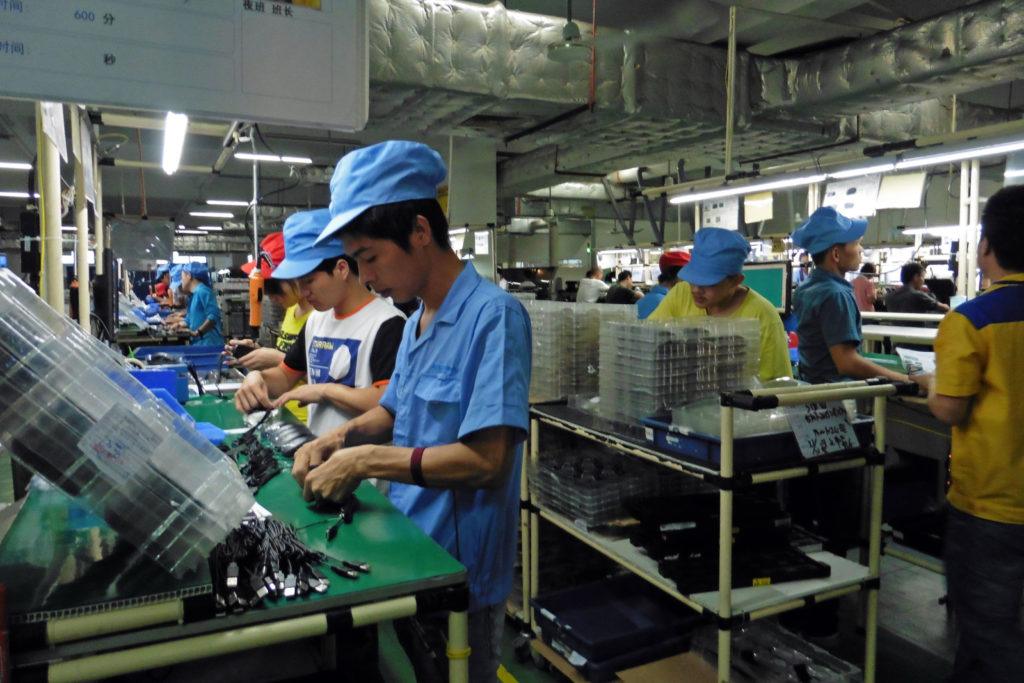Amazon workers near Milton Keynes. The company is known for close monitoring of its workforce. Credit: Chris Radburn/PA Images
“In the past the man has been first; in the future the system must be first.”
~ Frederick W. Taylor, The Principles of Scientific Management
While most grand political narratives had lost their appeal by the close of the 20th century, utopian thinking as applied to the workplace made it into the 21st century unbowed. In 2001, a book written in 1911, The Principles of Scientific Management, was voted the most influential management book of the 20th century by the Fellows of the Academies of Management1; its effects can still be seen in workplaces today.
In the book, Frederick Winslow Taylor, a mechanical engineer from Philadelphia, argues for the perfectibility of human labour through the application of pure reason to the shop floor. “Scientific management”, the meticulous measurement and recording of workers’ movements to maximise productivity, aims to turn human labour into the equivalent of machine labour.
The purpose of Taylor’s initial experiments was to eliminate “unnecessary motions” during the handling of pig iron, but he insisted that his theories could be applied to all classes of work. “Every single act of every workman can be reduced to a science,” he wrote. His workers were closely observed, photographed and timed. Those who failed to meet the exacting standards of scientific management theory were sacked.
Importantly – inevitably, perhaps – the worker under experimentation was not deemed to be quite human and the book is littered with references to a working class that is “too stupid” and “too mentally sluggish” to understand the theories. In fact, he seemed to view early 20th-century American society in the same way Thomas Hardy viewed late Victorian England, as a division (in Hardy’s words) of the “mentally unquickened, mechanical, soulless; and the living, throbbing, suffering, vital, in other words into souls and machines, ether and clay”.
It’s an attitude that gives his approach more than a flavour of managerial Leninism: an intellectual vanguard directs the masses who are “incapable of understanding this science”; there is a difficult transitional period in which “both sides will rebel” against the new system; and finally, a new era will bear witness to a “complete change in the mental attitude of all the men in the shop toward their employers”. Conflict is resolved and the interests of employer and employee converge.
“In the end, the people… will force the new order of things upon both employer and employee,” writes Taylor with a zeal to rival any Bolshevik2.

 Main Edition
Main Edition US
US FR
FR







Join the discussion
Join like minded readers that support our journalism by becoming a paid subscriber
To join the discussion in the comments, become a paid subscriber.
Join like minded readers that support our journalism, read unlimited articles and enjoy other subscriber-only benefits.
Subscribe